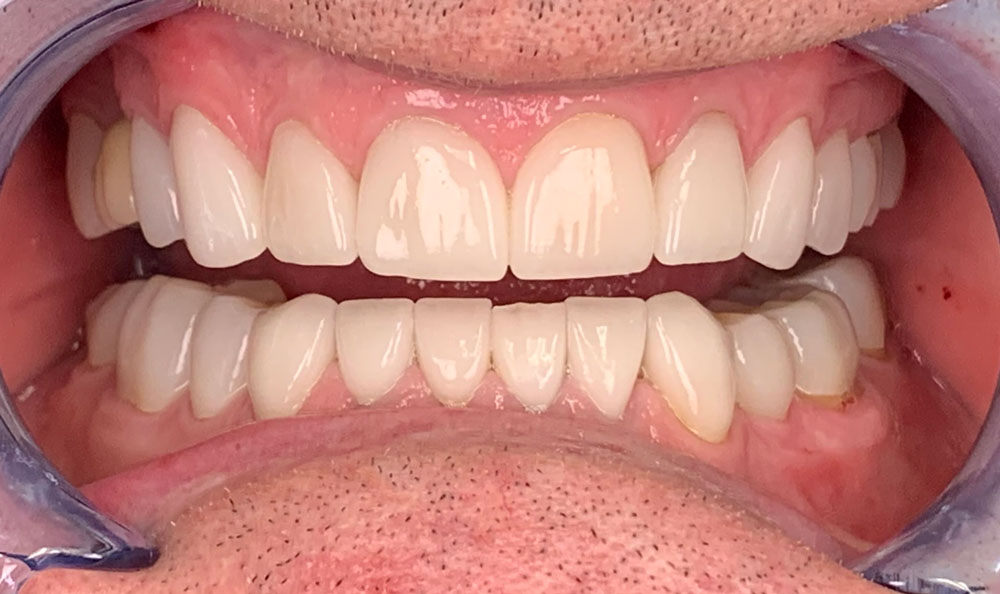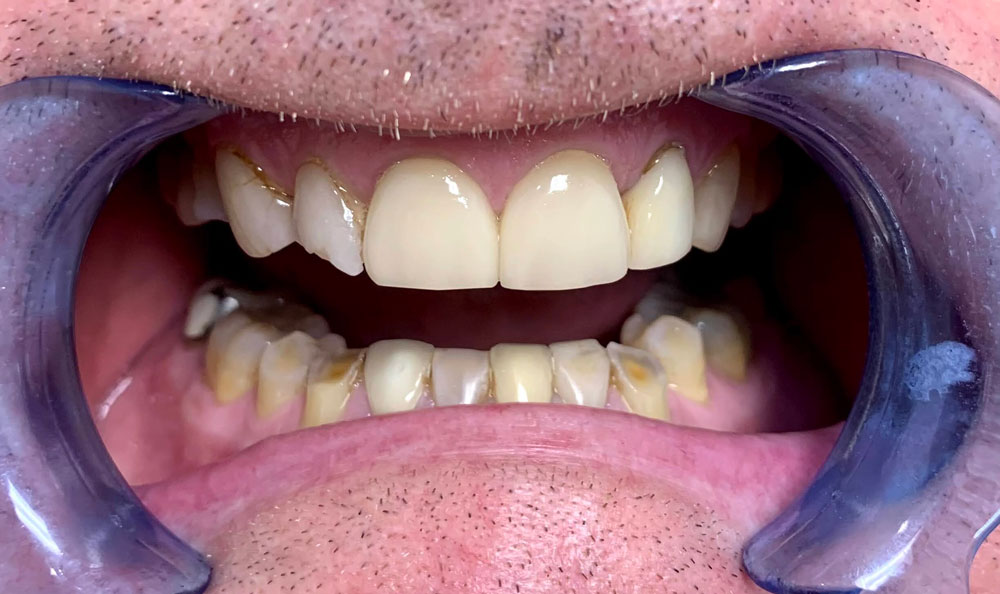What Should You Anticipate From A Deep Cleaning During A Visit To The Dentist?
Scaling and polishing is a standard cleaning procedure during a typical dental visit. Before polishing the surface of your teeth, your dentist does a scale and polish to remove plaque and tartar from areas difficult to reach with brushing and flossing.
Patients with gum disease, especially if it has developed into periodontitis, are advised to have extensive cleanings performed by deep dental cleaning dentists. Tartar accumulation behind the gum line is eliminated by deep cleaning. A local anesthetic is used during the therapy. Although it doesn't hurt, afterward, the gums may feel sore.
What does deep cleaning entail for the dentist?
When tartar accumulates in the spaces between a patient's teeth and gums and, in certain situations, reaches the tooth roots, dentists advise extensive teeth cleaning, commonly called dental scaling and root planing. Gum disease can result in severe infections or tooth loss if left untreated.
To lessen the space between teeth and gums brought on by gum disease, deep cleaning entails eliminating plaque from areas of the teeth beneath the gum line.

The teeth-deep cleaning procedure
Pre-consultation diagnosis
Your saturday dentist houston will use a periodontal probe to estimate the space between your teeth and gums to analyze your gum infection before your in-depth cleaning. Gum disease is present if the gap is more than 3 mm.
An X-ray will show bone loss, a common side effect of periodontitis. Therefore, your dentist will likely ask that you have one taken.
Your initial appointment for a thorough teeth cleaning
Usually, two appointments are needed to perform a deep teeth cleaning. This is so your dentist will numb and treat one side of your mouth during each appointment using a local anesthetic. Your local dentist open on saturdays, may use an ultrasonic device that vibrates to clear tartar and plaque from hard-to-reach areas or very tenacious tartar.
The time for your second deep cleaning appointment
Your dentist will use the identical methods from your first session to treat the other side of your mouth in your follow-up visit. In addition, they will assess how the previously treated side of your mouth feels and how it is healing following the deep cleaning.
Every appointment will require a minimum of one hour and a maximum of four hours. If your infection is severe, you could need extra therapy, such as antibiotic gel inserted straight into the pocket between your teeth and gums.
Your appointment for a follow-up deep cleaning
Your same day emergency dentist will schedule a follow-up visit for you about two weeks after completing your two deep cleaning treatments. Your dentist will measure the spaces between your teeth and gums at this visit to see whether they have shrunk.

Does gum disease stop with deep cleaning?
Deep cleaning of your teeth can help prevent or lessen gum disease. For those who suffer from gum disease, the procedure might lessen bleeding gums and help keep teeth intact. Gum infection can decline because more invasive procedures like flap surgery or bone and tissue transplants are required if it is not treated.
Your teeth and gums will have the best chance of recovery if you treat gum disease as soon as feasible. Maintaining good oral hygiene after treatment is the most excellent strategy to prevent gum disease from coming back.
In a nutshell
Following a deep cleaning, you should take any prescribed medications from your dentist and treat your teeth and gums with additional caution. You should also try to keep them as clean as possible. You should be informed that you might require more involved care or surgery if periodontitis develops and deep cleaning or gum scaling and root planing fail to stop the progression of your gingivitis. Of course, if you have any questions, don't hesitate to ask your dentist. You should also make frequent cleaning appointments and follow up on any missed work. Our team is open 24/7 to join you, with a dentist open on weekends who can manage your condition.
Comments
Post a Comment